Brandeis, R., Brandys, Y., & Yehuda, S. (1989). The use of the Morris Water Maze in the study of memory and learning. The International journal of neuroscience, 48(1-2), 29–69. https://doi.org/10.3109/00207458909002151
Buresová, O., Krekule, I., Zahálka, A., & Bures, J. (1985). On-demand platform improves accuracy of the Morris water maze procedure. Journal of neuroscience methods, 15(1), 63–72. https://doi.org/10.1016/0165-0270(85)90062-7
D’Hooge, R., & De Deyn, P. P. (2001). Applications of the Morris water maze in the study of learning and memory. Brain research. Brain research reviews, 36(1), 60–90. https://doi.org/10.1016/s0165-0173(01)00067-4
Hamm, R. J., Lyeth, B. G., Jenkins, L. W., O’Dell, D. M., & Pike, B. R. (1993). Selective cognitive impairment following traumatic brain injury in rats. Behavioural brain research, 59(1-2), 169–173. https://doi.org/10.1016/0166-4328(93)90164-l
Kishi, T., & Sunagawa, K. (2012). Exercise training plus calorie restriction causes synergistic protection against cognitive decline via up-regulation of BDNF in hippocampus of stroke-prone hypertensive rats. Annual International Conference of the IEEE Engineering in Medicine and Biology Society. IEEE Engineering in Medicine and Biology Society. Annual International Conference, 2012, 6764–6767. https://doi.org/10.1109/EMBC.2012.6347547
Markowska, A. L., Long, J. M., Johnson, C. T., & Olton, D. S. (1993). Variable-interval probe test as a tool for repeated measurements of spatial memory in the water maze. Behavioral neuroscience, 107(4), 627–632. https://doi.org/10.1037//0735-7044.107.4.627
Morris, R. G., Garrud, P., Rawlins, J. N., & O’Keefe, J. (1982). Place navigation impaired in rats with hippocampal lesions. Nature, 297(5868), 681–683. https://doi.org/10.1038/297681a0
Morris R. (1984). Developments of a water-maze procedure for studying spatial learning in the rat. Journal of neuroscience methods, 11(1), 47–60. https://doi.org/10.1016/0165-0270(84)90007-4




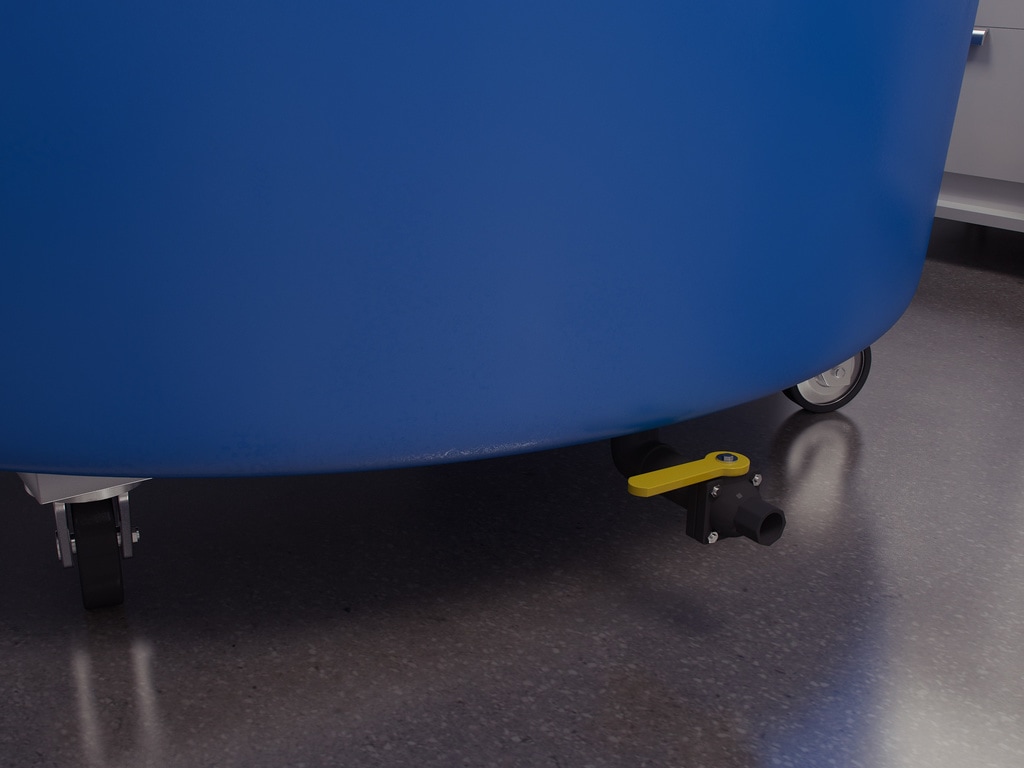
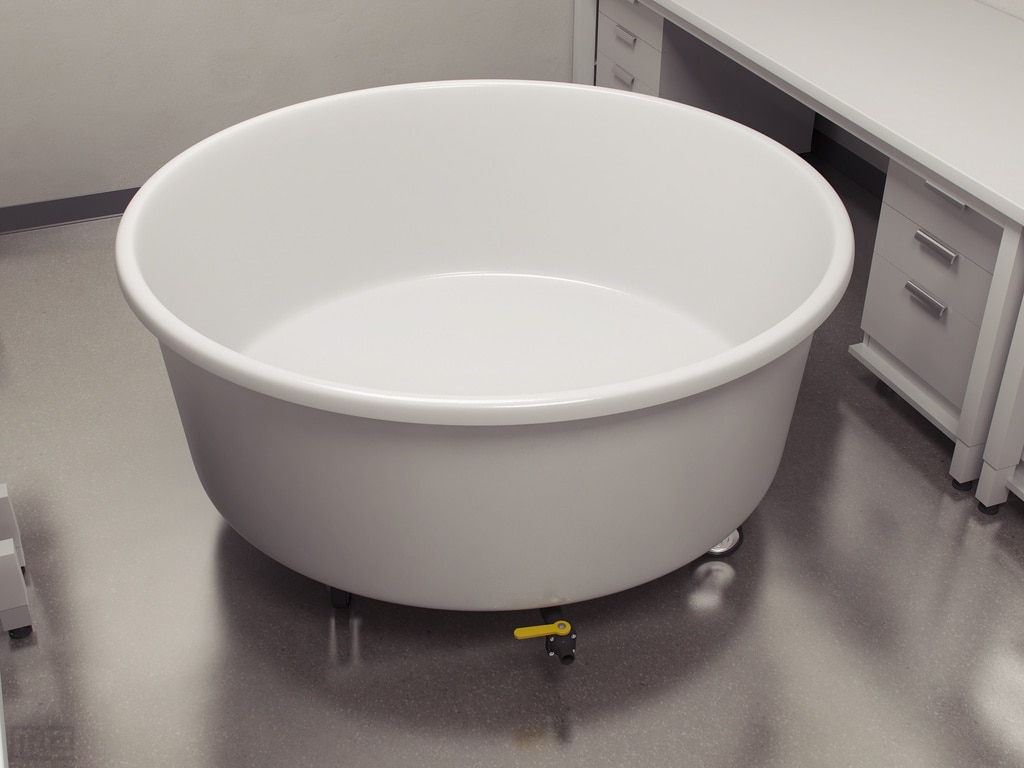

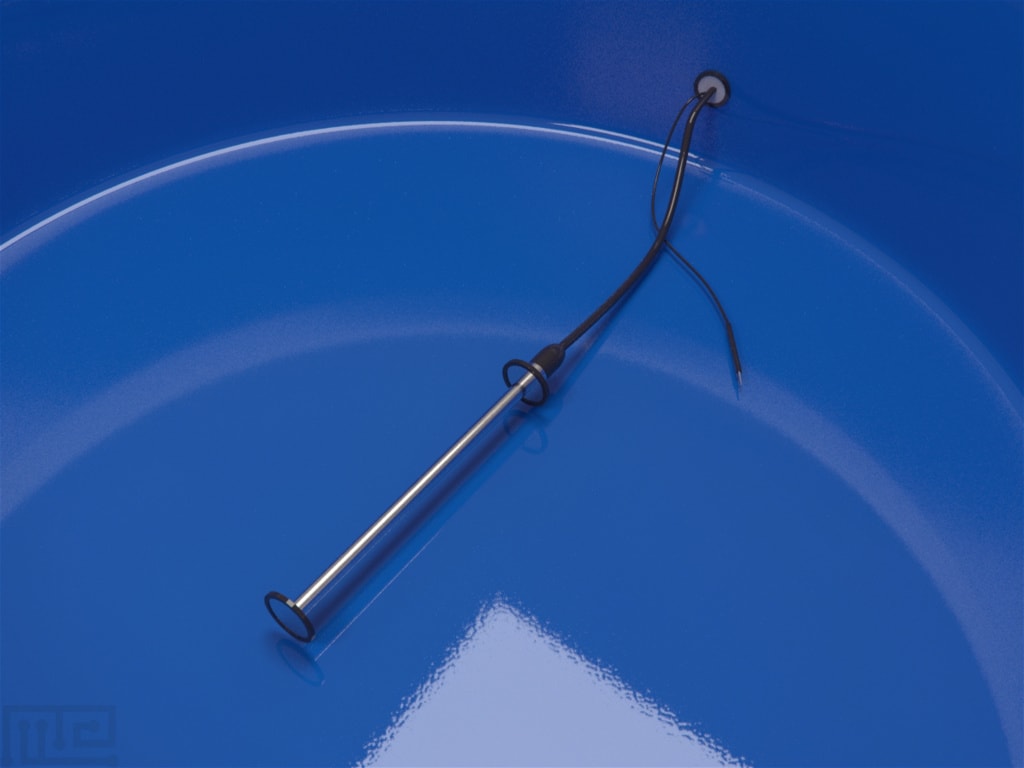
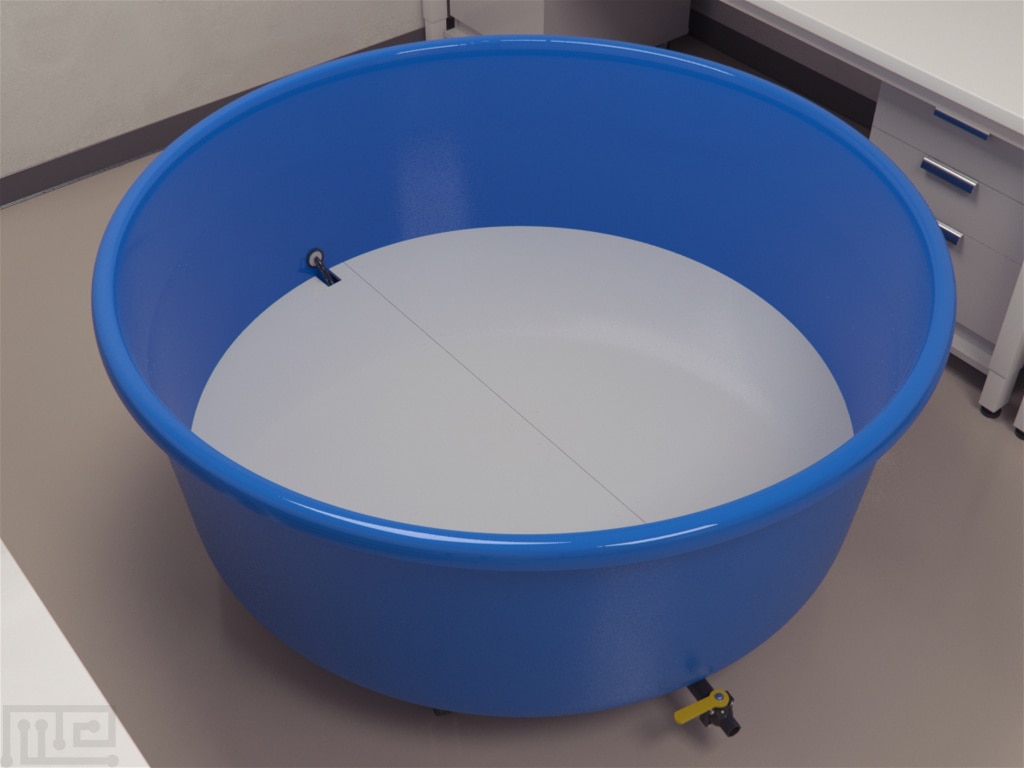

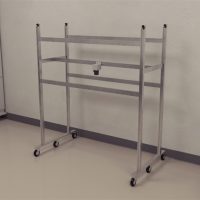
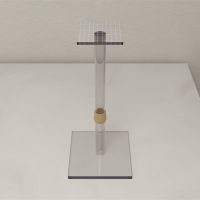
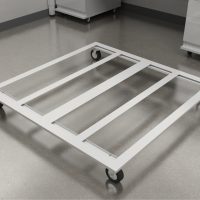
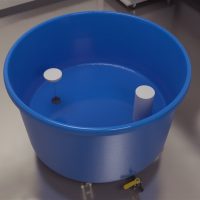


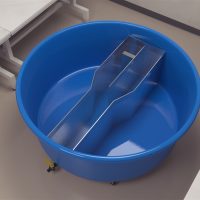
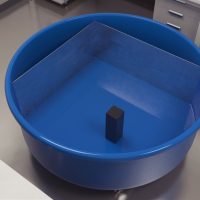
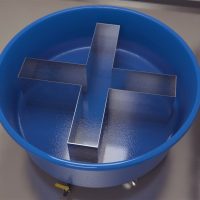
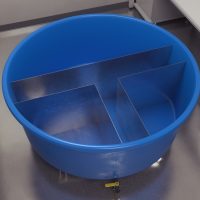
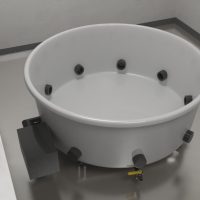
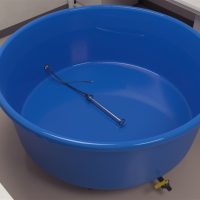
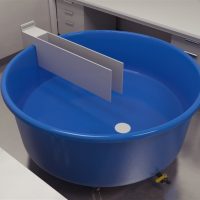
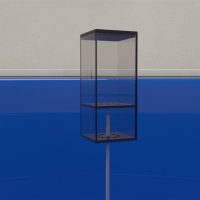
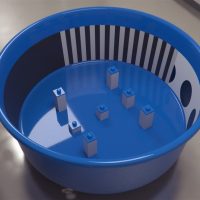
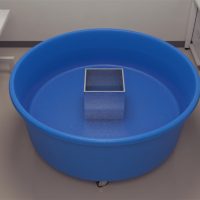
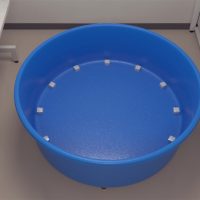

Reviews
There are no reviews yet.